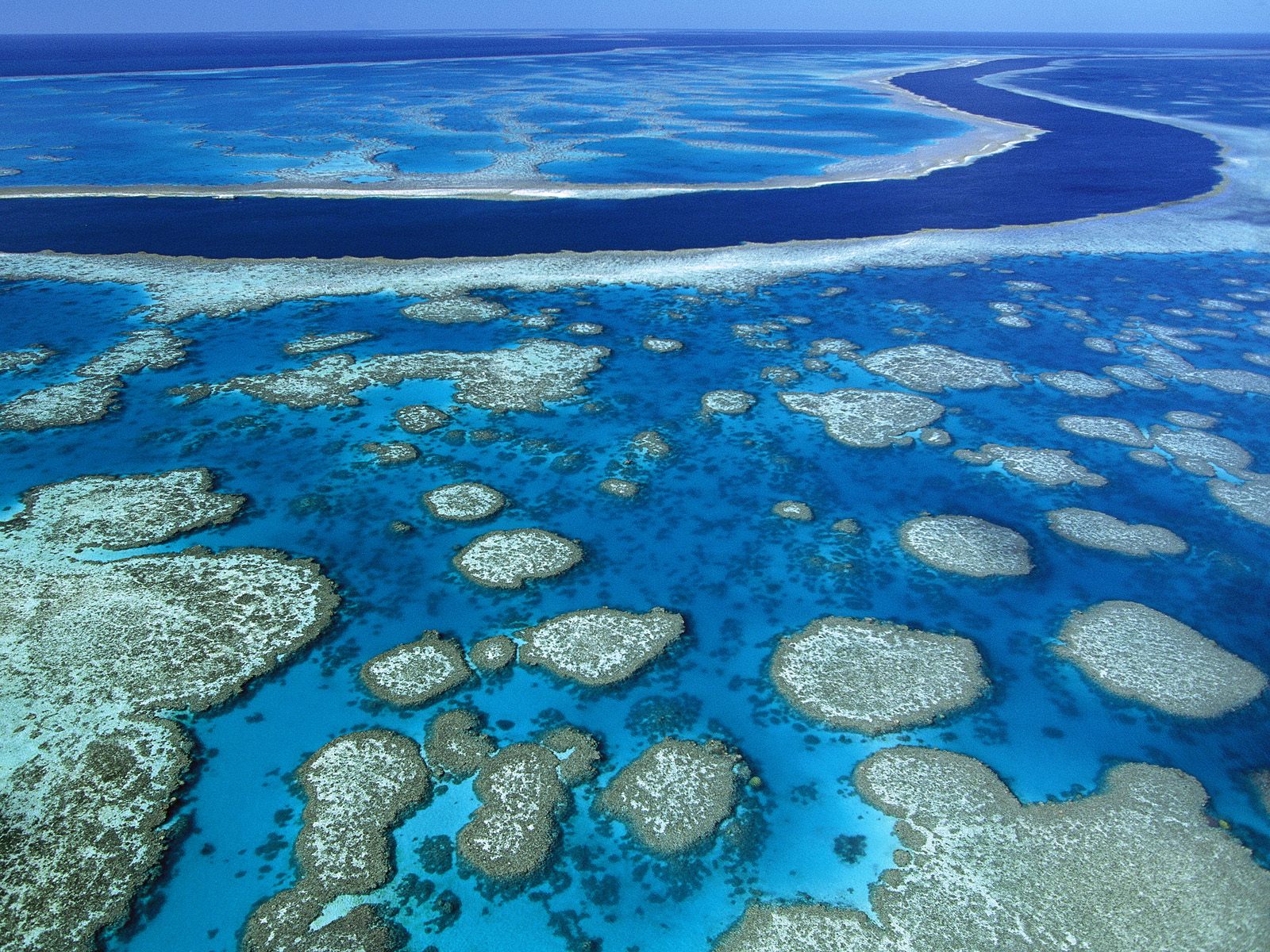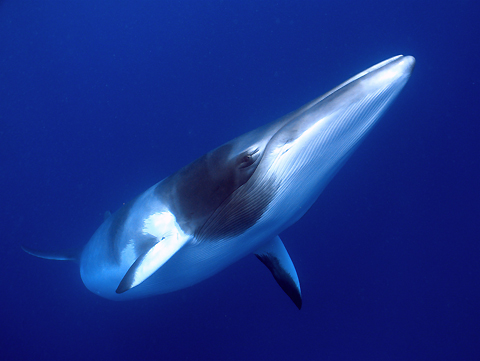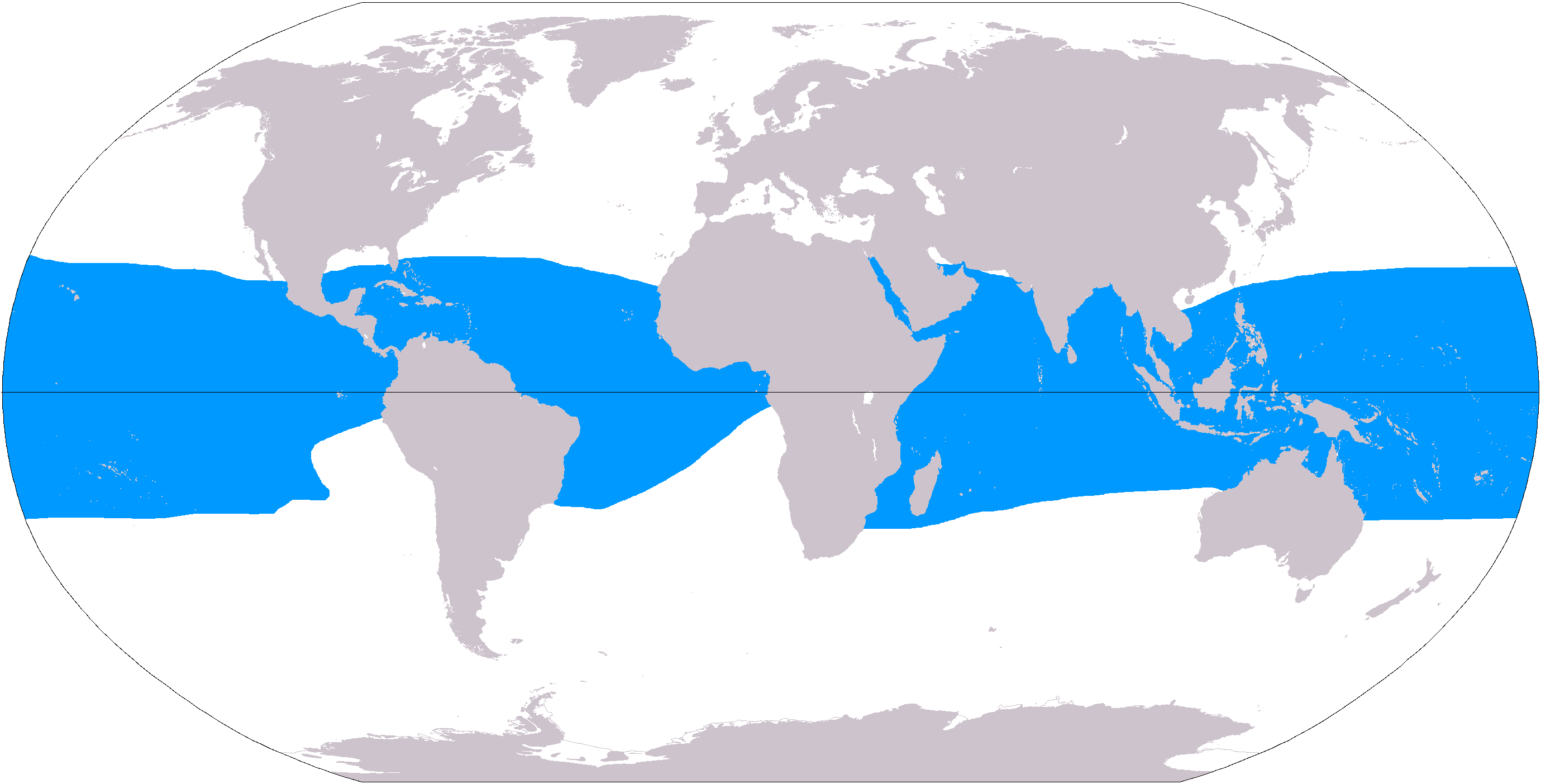-->Are coral reefs a type of biome?
5/12/09
#1. What is a Biome?
5/11/09
#2. What is Your Biome?---Coral Reef
http://www.youtube.com/watch?v=WnaW6IiF580&feature=related
 Our Biome is coral reef. Coral reefs or corals may seem like a common thing, but there are many things that you probably don’t know about coral reefs. Corals are modern forms of ancient animals. During the period of about 25 million years, corals have been formed by ancient animals that existed many years ago. Some well developed coral reefs can possibly tell scientists about history. Anthozoans are the largest class of organisms in the phylum Cnidaria. Corals are anthozoans. The two things all corals have in common are the gastro vascular cavity and tentacles. Corals eat and excrete waste from their gastro vascular cavity, also known as their mouth. A circle of tentacles that surround their mouth do three things. They help corals catch plankton to eat, they clean debris from their mouth, and they use these tentacles for defense. Even though corals may seem to be very simple, they are actually pretty cool. They have a unique type of cell called nematocytes. These nematocytes deliver a powerful toxic sting. This also helps for corals to catch their prey. To make coral reefs, stony corals secrete a skeleton, CaCO3. There can be different colonies of corals.
Our Biome is coral reef. Coral reefs or corals may seem like a common thing, but there are many things that you probably don’t know about coral reefs. Corals are modern forms of ancient animals. During the period of about 25 million years, corals have been formed by ancient animals that existed many years ago. Some well developed coral reefs can possibly tell scientists about history. Anthozoans are the largest class of organisms in the phylum Cnidaria. Corals are anthozoans. The two things all corals have in common are the gastro vascular cavity and tentacles. Corals eat and excrete waste from their gastro vascular cavity, also known as their mouth. A circle of tentacles that surround their mouth do three things. They help corals catch plankton to eat, they clean debris from their mouth, and they use these tentacles for defense. Even though corals may seem to be very simple, they are actually pretty cool. They have a unique type of cell called nematocytes. These nematocytes deliver a powerful toxic sting. This also helps for corals to catch their prey. To make coral reefs, stony corals secrete a skeleton, CaCO3. There can be different colonies of corals.-->What would happen if you tried to grab coral with you hand?
http://www.coris.noaa.gov/about/what_are/
5/10/09
#3. The Great Barrier Reef
 The Great Barrier Reef is an amazing reef. The great barrier is the largest reef in the world. They are one of the seven world wonders. This reef is larger than the Great Wall of China. They are also the only living things that are visible from space. The great barrier is also a great breeding area for hump back whales. This reef has marine life and there are over 3000 individual reefs.
The Great Barrier Reef is an amazing reef. The great barrier is the largest reef in the world. They are one of the seven world wonders. This reef is larger than the Great Wall of China. They are also the only living things that are visible from space. The great barrier is also a great breeding area for hump back whales. This reef has marine life and there are over 3000 individual reefs.-->If the Great Wall of China was as large as the Great Barrier Reef, do you think it would be one of the eight world wonders?
5/9/09
#4. What Do I see there?
 Coral reefs are considered to be “houses” for many life forms. You would see sponges, corals and anemones, sea worms, echinoderms, crustaceans, mollusks, coral reef fish, unusual reef fish, sharks and rays, marine reptiles, and marine mammals. If you were to walk through a coral reef, you would see all these things around you. You may also find a whole new species of fish. Divers have spent more money to explore coral reefs than to explore the moon. This is because, there are so many new species that we find, and will find in the future. Walking through a reef, can show you so many things. It can show you fish you have never seen before. Or underwater plants you have never seen before.
Coral reefs are considered to be “houses” for many life forms. You would see sponges, corals and anemones, sea worms, echinoderms, crustaceans, mollusks, coral reef fish, unusual reef fish, sharks and rays, marine reptiles, and marine mammals. If you were to walk through a coral reef, you would see all these things around you. You may also find a whole new species of fish. Divers have spent more money to explore coral reefs than to explore the moon. This is because, there are so many new species that we find, and will find in the future. Walking through a reef, can show you so many things. It can show you fish you have never seen before. Or underwater plants you have never seen before.-->Do you think that humans can possibly live near coral reefs someday?
http://www.coris.noaa.gov/about/what_are/
http://en.wikipedia.org/wiki/Coral_reef
http://www.youtube.com/watch?v=ees6ys3SLoI&feature=related
5/8/09
#5. Zooxanthellae
 Zooxanthellae are unicellular yellow-brown algae. These are single-celled plants that live in the tissues of animals. It is the nutrients supply for to make it possible for the corals to grow and reproduce quickly enough to create reefs. As zooxanthellae help the coral, the coral provieds protections and compounds used for photosynthesis. The relationship between coral and zooxanthellae shows an efficient exchange of nutrients in a nutrient-poor environment. Zooxanthellae often are critical elements in the continuing health of reef-building corals. As much as 90% of the organic material they manufacture photosynthetically is transferred to the host coral tissue . If algal cells are expelled by the polyps the host may shortly die afterwards. The symbiotic zooxanthellae also confers its color to the polyp. If the zooxanthellae are expelled, the colony takes on a stark white appearance, which is commonly described as “coral bleaching”.
Zooxanthellae are unicellular yellow-brown algae. These are single-celled plants that live in the tissues of animals. It is the nutrients supply for to make it possible for the corals to grow and reproduce quickly enough to create reefs. As zooxanthellae help the coral, the coral provieds protections and compounds used for photosynthesis. The relationship between coral and zooxanthellae shows an efficient exchange of nutrients in a nutrient-poor environment. Zooxanthellae often are critical elements in the continuing health of reef-building corals. As much as 90% of the organic material they manufacture photosynthetically is transferred to the host coral tissue . If algal cells are expelled by the polyps the host may shortly die afterwards. The symbiotic zooxanthellae also confers its color to the polyp. If the zooxanthellae are expelled, the colony takes on a stark white appearance, which is commonly described as “coral bleaching”.-->What does this picture remind of something and how do they relate?
http://www.reefresilience.org/Toolkit_Coral/C2a1_Zooxanthellae.html
5/7/09
#5. Seagrass
 Seagrasses are called seagrasses because the leaves are long and narrow and usually green, and grow in large meadow which make them look like grasslands. Seagrasses are important in coastal marine areas. That is beacause it is the main food for dugong and green turtles and makes a good habitat for many small marine animals. Also, the help keeping the water clear and it provides wave protection and protection for coastal erosion. Sea grasses are the only flowering plant in the sea. There are a lot of species of seagrasses however while there are over 500 species of algae, there are only 15 species of seagrasses on the Great Barrier Reef.
Seagrasses are called seagrasses because the leaves are long and narrow and usually green, and grow in large meadow which make them look like grasslands. Seagrasses are important in coastal marine areas. That is beacause it is the main food for dugong and green turtles and makes a good habitat for many small marine animals. Also, the help keeping the water clear and it provides wave protection and protection for coastal erosion. Sea grasses are the only flowering plant in the sea. There are a lot of species of seagrasses however while there are over 500 species of algae, there are only 15 species of seagrasses on the Great Barrier Reef. -->Sometimes, there are different colors of seagrasses. Why does that happen?
http://www.reef.crc.org.au/discover/plantsanimals/seagrass/index.html
http://www.answers.com/topic/seagrass-2
5/6/09
#6. Dwarf Minke Whales
 30 species of whales, dolphins and porpoises live in, or visit Great Barrier Reef waters. One of the whales is called is dwarf minke whale and it was only discovered in Great Barrier Reef waters during the 1980s. This whale is the second smallest of the balleen whales. The minke whale mostly to be seen is from the shore in the U.K. and Ireland, especially in Scotland, the Northern Isles and Western Ireland. It is rare in the Southern North Sea and Channel region. Most of the baleen whales undergo seasonal migrations and, in many cases, these are over huge distances. However the minke whale unusually are not conforming to this pattern, although they seem to move further away from the shore in the autumn. They also appear to be more solitary than other baleens.
30 species of whales, dolphins and porpoises live in, or visit Great Barrier Reef waters. One of the whales is called is dwarf minke whale and it was only discovered in Great Barrier Reef waters during the 1980s. This whale is the second smallest of the balleen whales. The minke whale mostly to be seen is from the shore in the U.K. and Ireland, especially in Scotland, the Northern Isles and Western Ireland. It is rare in the Southern North Sea and Channel region. Most of the baleen whales undergo seasonal migrations and, in many cases, these are over huge distances. However the minke whale unusually are not conforming to this pattern, although they seem to move further away from the shore in the autumn. They also appear to be more solitary than other baleens.-->Can you guess where the name of this whale came from?
http://www.abdn.ac.uk/mammal/minke.shtml
#6. Sea Snakes
 Sea snakes are poisonous snakes that live in marine environments for most of their lives. Although they evolved from terrestrial ancestors, mostly got used to waters and they can't move on land except for the genus Laticauda but only limited movement on land. Their stretchy bodies are preadapted for efficient swimming. And most species have developed paddle shaped tails that further increases their ability to move in water.These are found in warm water from the Indian Ocean to the Pacific. And like Great Barrier reefs, these are found in Austrailian waters, too.
Sea snakes are poisonous snakes that live in marine environments for most of their lives. Although they evolved from terrestrial ancestors, mostly got used to waters and they can't move on land except for the genus Laticauda but only limited movement on land. Their stretchy bodies are preadapted for efficient swimming. And most species have developed paddle shaped tails that further increases their ability to move in water.These are found in warm water from the Indian Ocean to the Pacific. And like Great Barrier reefs, these are found in Austrailian waters, too.-->Why do you think although sea snakes' ancestors are form land, now they are used to the water?
5/5/09
#7. Indo-Pacific region

Coral reefs live in tropical waters near the equator. They have to live in warm waters because they cannot survive below 18 °C and 26-27 °C is for most coral reefs. Near the equater, the tropical regions are there. Which means that near the equator its warmer than onther places. Therefore, since coral reefs lives in warm places, naturally, they live in the Indo-Pacific region that includes the Red Sea, Indian Ocean, Southeast Asia and the Pacific. Although corals are found in tropical waters, shallow-water reefs are formed only in a zone extending from 30°N to 30°S of the equator. Tropical corals do not grow at depths of over 50 m (165 ft).
-->If it was you, would you live where coral reefs live in, too? If not, where?
Subscribe to:
Posts (Atom)
